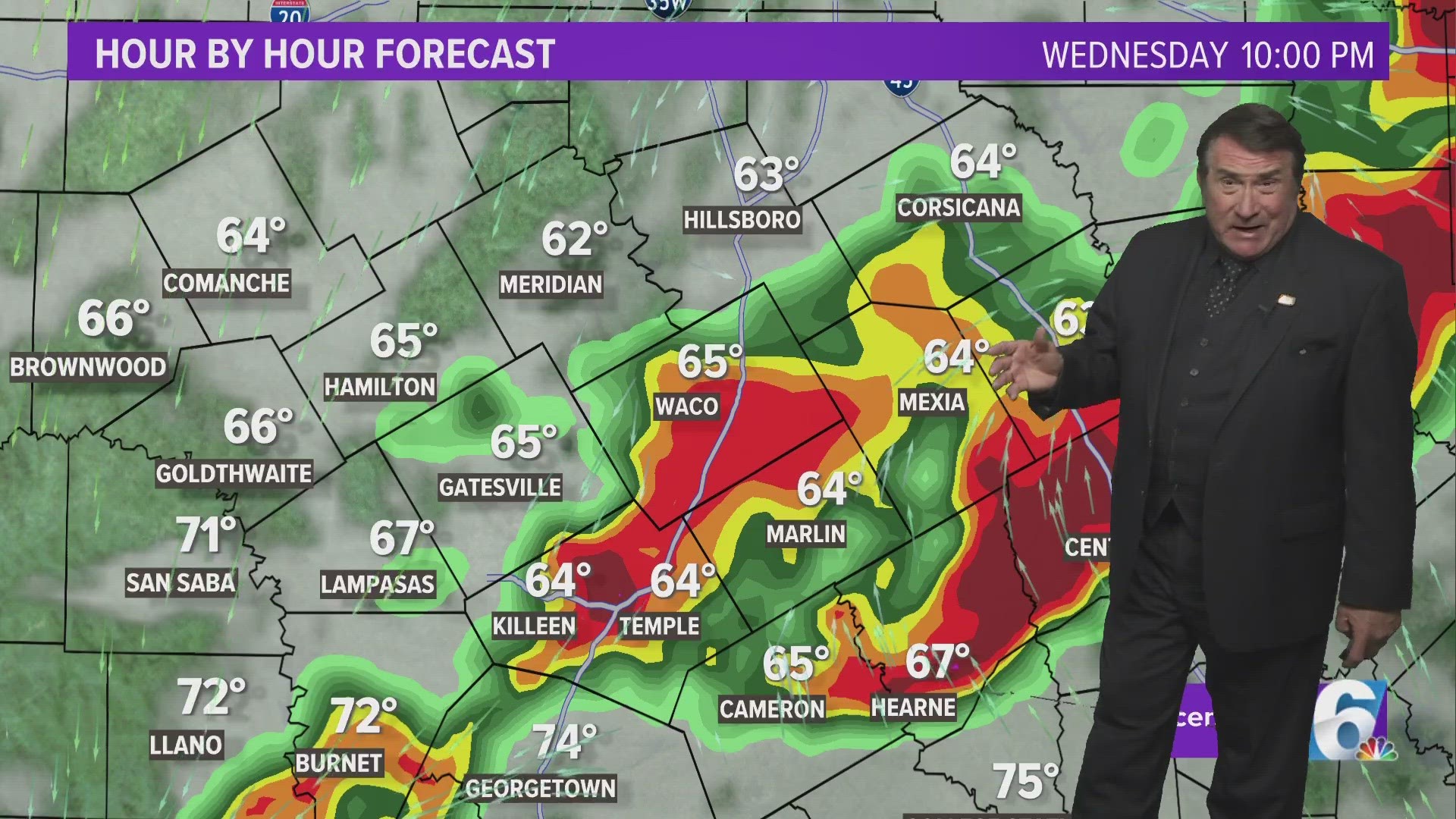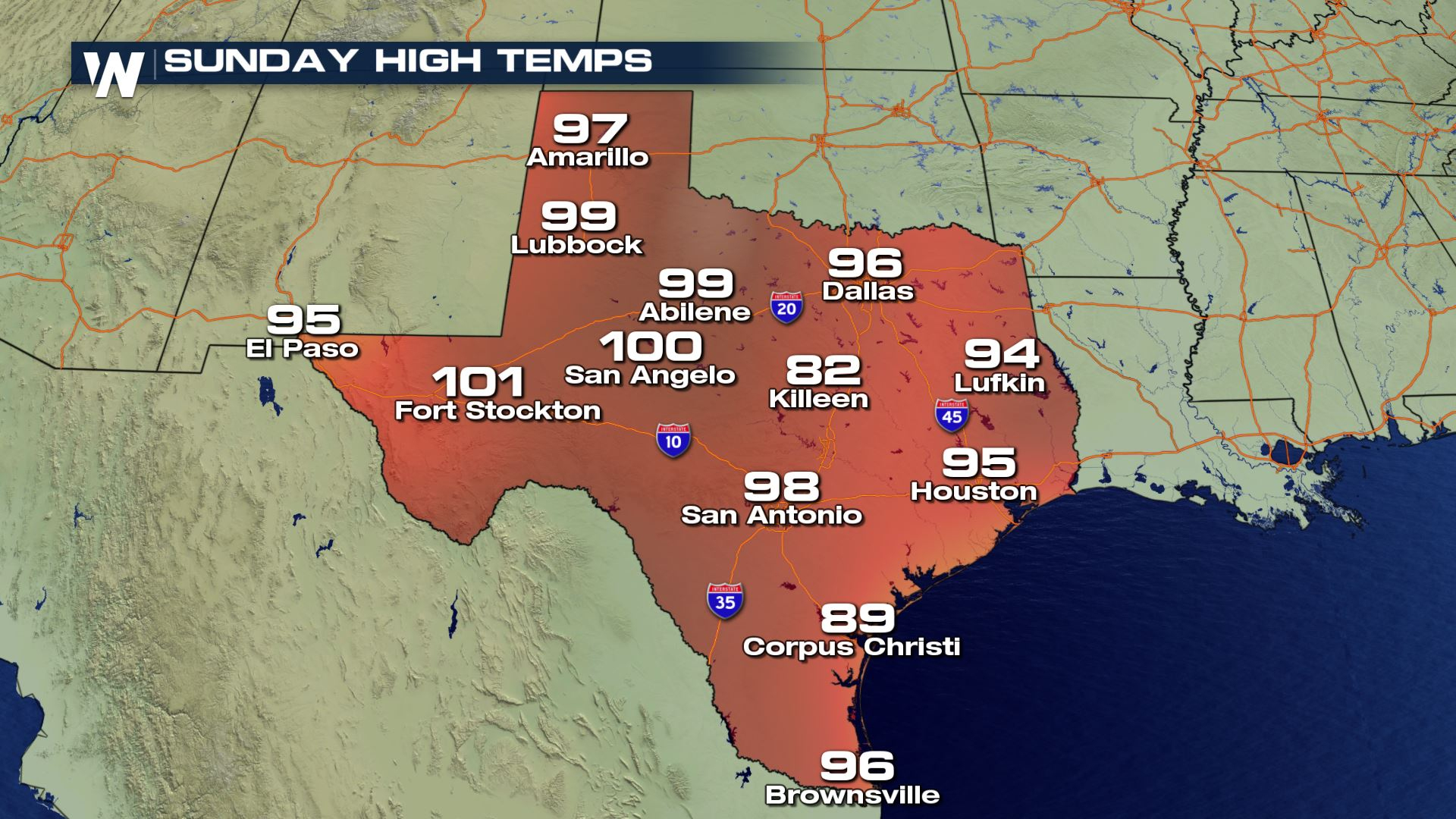Texas Climate Conditions: Texas Weather

Texas weather – Texas, renowned for its vast size and diverse landscapes, experiences a wide range of climatic conditions. From the arid deserts of the west to the humid Gulf Coast in the east, the state’s climate is influenced by a complex interplay of factors, including its geography, latitude, and altitude.
The unforgiving Texas weather can take a toll on power lines, leaving many without electricity. To stay informed about outages in your area, check the entergy outage map texas. This interactive tool provides real-time updates on power outages, allowing you to plan accordingly.
Despite the challenges, the resilient spirit of Texans shines through, as communities come together to support each other during these trying times.
Texas’s climate is generally characterized by hot summers and mild winters. However, seasonal variations can be significant, with temperatures ranging from freezing in the northern Panhandle during winter to scorching heat in the southern deserts during summer.
Seasonal Variations
Texas’s climate is characterized by distinct seasonal variations. Summers, typically lasting from June to September, are hot and humid, with average temperatures ranging from 80°F to 100°F. The hottest months are July and August, when temperatures can soar above 105°F in some areas.
The unforgiving Texas weather, known for its extreme heat and unpredictable storms, has once again tested the resilience of its inhabitants. Recently, a widespread power outage plunged millions into darkness, leaving them vulnerable in the face of soaring temperatures. The Texas power outage served as a stark reminder of the fragility of our energy infrastructure and the need for robust contingency plans.
As the sun sets, casting long shadows across the vast landscape, the weather remains an ever-present force in the lives of Texans.
Winters, on the other hand, are generally mild, with average temperatures ranging from 40°F to 60°F. The coldest months are December and January, when temperatures can drop below freezing in the northern and western parts of the state.
Spring and fall are transitional seasons, with temperatures gradually rising or falling. Spring typically brings warm and pleasant weather, while fall is characterized by cooler temperatures and occasional rainfall.
Extreme Weather Events in Texas

Texas experiences a wide range of extreme weather events, including hurricanes, tornadoes, and droughts. These events can cause significant damage to property and infrastructure, and can also lead to loss of life.
Hurricanes are one of the most common types of extreme weather events in Texas. The state is located on the Gulf of Mexico, which is a breeding ground for hurricanes. Hurricanes can bring high winds, heavy rain, and flooding. In 2017, Hurricane Harvey caused catastrophic flooding in Houston and surrounding areas. The storm killed 68 people and caused an estimated $125 billion in damage.
Tornadoes
Tornadoes are another common type of extreme weather event in Texas. The state is located in Tornado Alley, which is a region of the United States that experiences a high frequency of tornadoes. Tornadoes can cause severe damage to buildings and infrastructure, and can also lead to loss of life. In 2011, a tornado outbreak in North Texas killed 16 people and caused an estimated $2 billion in damage.
Droughts, Texas weather
Droughts are a common occurrence in Texas. The state is located in a semi-arid climate, which means that it receives less rainfall than other parts of the United States. Droughts can cause crop failures, wildfires, and water shortages. In 2011, a severe drought in Texas caused an estimated $5.2 billion in agricultural losses.
The state and local governments in Texas have taken a number of measures to mitigate the effects of extreme weather events. These measures include building levees and seawalls to protect against flooding, constructing tornado shelters, and implementing drought management plans.
Climate Change and its Impact on Texas

Climate change is a pressing issue that has the potential to significantly impact Texas’s weather patterns. Rising temperatures, changing precipitation patterns, and sea-level rise are among the key challenges that the state may face in the coming decades.
Rising Temperatures
As global temperatures continue to rise, Texas is expected to experience hotter and more frequent heat waves. Extreme heat events can have severe consequences for human health, particularly among vulnerable populations such as the elderly, children, and those with chronic illnesses. Heat waves can also lead to increased energy consumption, air pollution, and wildfires.
Changing Precipitation Patterns
Climate change is also likely to alter precipitation patterns in Texas. The state may experience more frequent and intense droughts, as well as heavier rainfall events. Droughts can have devastating impacts on agriculture, water resources, and ecosystems. Heavy rainfall events, on the other hand, can lead to flooding, infrastructure damage, and displacement of communities.
Sea-Level Rise
Sea-level rise is a major threat to coastal communities in Texas. As sea levels rise, coastal areas are at risk of flooding, erosion, and salinization of freshwater resources. Sea-level rise can also damage infrastructure, disrupt transportation, and displace coastal populations.
Mitigation and Adaptation
Recognizing the potential impacts of climate change, Texas has taken steps to address this issue. The state has implemented policies to reduce greenhouse gas emissions, promote renewable energy, and improve energy efficiency. Texas has also invested in infrastructure to adapt to the effects of climate change, such as seawalls, flood control systems, and drought-resistant crops.
Despite these efforts, much more needs to be done to mitigate the effects of climate change on Texas. By taking bold action to reduce emissions and adapt to the changing climate, Texas can help to protect its people, economy, and environment from the worst impacts of climate change.